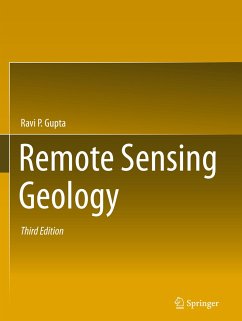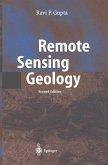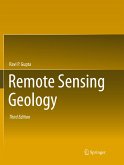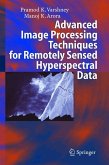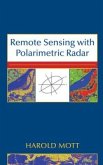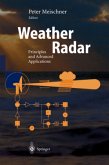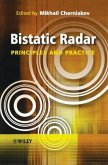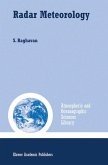Over the past decade, advances in sensor technology, processing algorithms, and computational capacity have taken remote sensing to a level where observations can be transformed into quantitative measurements, and the technology can be used in near real-time for mapping, monitoring and decision-making.
For the third edition, this widely acclaimed book has been fully revised, enlarged and updated. It covers remote sensing in a wide range of optical, thermal, and microwave wavelengths and their host of geologic applications featuring sample applications from around the globe. In addition, it presents state-of-the-art content on emerging themes such as atmospheric interactions, spectroscopy, spectral indices, prospectivity modelling, and multi-sensor geodata integration. The
subject matter is presented at a basic level, offering students an excellent introductory text on remote sensing. Further, the main part of the book will also be of great value to active researchers.
Excerpt from the review of Remote Sensing Geology (2nd ed., 2003):
International Journal of Applied Earth Observation and Geoinformation, 5 (2004) 239-240
"....Graduate students, research workers and professional earth scientists will use this book to their advantage and with pleasure; it is well-written, to the point and with an emphasis on understanding the principles underlying this wide spectre of technology in its application to the earth sciences. Remote sensing is a fascinating subject; so is geology. The author has fully succeeded in providing a fascinating book that combines them in a handy volume."
Jan J. Nossin
For the third edition, this widely acclaimed book has been fully revised, enlarged and updated. It covers remote sensing in a wide range of optical, thermal, and microwave wavelengths and their host of geologic applications featuring sample applications from around the globe. In addition, it presents state-of-the-art content on emerging themes such as atmospheric interactions, spectroscopy, spectral indices, prospectivity modelling, and multi-sensor geodata integration. The
subject matter is presented at a basic level, offering students an excellent introductory text on remote sensing. Further, the main part of the book will also be of great value to active researchers.
Excerpt from the review of Remote Sensing Geology (2nd ed., 2003):
International Journal of Applied Earth Observation and Geoinformation, 5 (2004) 239-240
"....Graduate students, research workers and professional earth scientists will use this book to their advantage and with pleasure; it is well-written, to the point and with an emphasis on understanding the principles underlying this wide spectre of technology in its application to the earth sciences. Remote sensing is a fascinating subject; so is geology. The author has fully succeeded in providing a fascinating book that combines them in a handy volume."
Jan J. Nossin
From the reviews: "This book is mainly intended for graduate students and research workers 'interested in applied Earth sciences'. ... it has very useful, brief descriptions of subjects ... . There are figures on most pages, which considerably help the understanding of the subject ... . The index is very good ... . Libraries should definitely purchase it as a useful reference book, especially with its more than usual references to tropical countries ... ." (R.B.King, The Photogrammetric Record, Vol. 18 (104), 2003) From the reviews of the second edition: "This is a useful book for teaching remote sensing and how it can be used in geology in particular. ... The book is divided into 16 very interesting chapters. ... The appendices at the end are very good in explaining what is meant by color along with other valuable items. I strongly recommend this book for anyone who is teaching remote sensing for geologists." (Fouad Michael, American Association of Petroleum Geologists, Vol. 87 (12), 2003)

